What Is Soft Hiking – Soft hiking, a growing trend in outdoor recreation, offers a refreshing departure from traditional high-intensity trekking. Rooted in the essence of slowing down and immersing oneself in nature, soft hiking emphasizes mindfulness, connection, and well-being.
Unlike strenuous hikes, soft hiking involves leisurely strolls through low-intensity trails, encouraging participants to appreciate the surroundings at a relaxed pace. This approach extends beyond physical activity, incorporating mental and emotional wellness through practices like meditation and nature observation.
With a focus on minimalistic gear and sustainable practices, soft hiking is not just an activity but a lifestyle choice that fosters a deeper connection with the environment. As this movement gains momentum, it prompts a reevaluation of our relationship with nature and the potential for a more inclusive and eco-conscious outdoor culture.
Definition of Soft Hiking
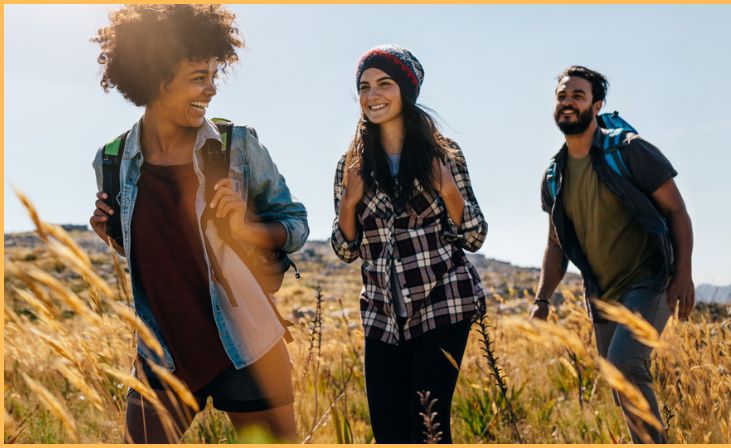
Soft hiking is a leisurely and mindful approach to outdoor exploration, emphasizing a slower pace and connection with nature. Unlike traditional hiking, soft hiking involves meandering through low-intensity trails, focusing on the journey rather than the destination.
Participants engage in activities like meditation, nature observation, and minimalistic gear use to enhance the experience. The goal is to promote holistic well-being—physical, mental, and emotional—while fostering a sustainable and eco-conscious approach to outdoor recreation.
Soft hiking encourages a deeper appreciation for the environment, making it a lifestyle choice that aligns with a slower, more intentional way of moving through natural landscapes.
Also, Read – Natural Wonders of Nebraska
Characteristics of Soft Hiking
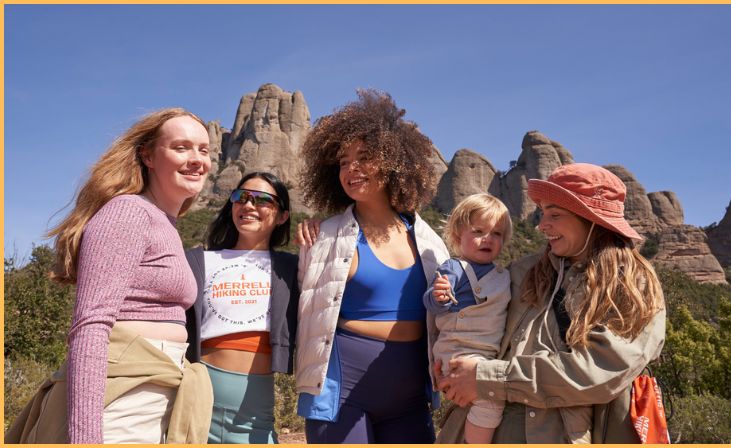
Soft hiking is characterized by several distinctive features that set it apart from traditional, more strenuous forms of hiking. These characteristics contribute to the overall philosophy and experience of soft hiking:
- Low-Intensity Trails:
- Soft hiking typically takes place on low-intensity trails with gentle terrain, allowing participants to enjoy a leisurely stroll rather than facing challenging ascents or descents.
- Emphasis on Mindfulness:
- The core of soft hiking lies in mindfulness. Participants focus on being present in the moment, appreciating the natural surroundings, and cultivating a sense of tranquility.
- Deliberate Movement:
- Soft hikers move at a slower and more deliberate pace, enabling them to connect with their surroundings and savor the experience rather than rushing to reach a destination.
- Nature Appreciation Activities:
- Soft hiking encourages activities such as bird watching, plant identification, and photography, fostering a deeper connection with the environment and promoting a greater understanding of local ecosystems.
- Minimalistic Gear Approach:
- Soft hikers often adopt a minimalist approach to gear, carrying only the essentials. This promotes a sense of freedom and simplicity, allowing participants to focus on the experience rather than the equipment.
- Mindful Breathing and Meditation:
- Integrating mindful breathing and meditation practices into the hike contributes to the overall well-being of participants, offering moments of relaxation and reflection amidst nature.
- Leave No Trace Principles:
- Soft hiking aligns with Leave No Trace principles, emphasizing the importance of minimizing environmental impact. Participants are encouraged to tread lightly, respecting and preserving the natural beauty of the trails.
Gear and Attire
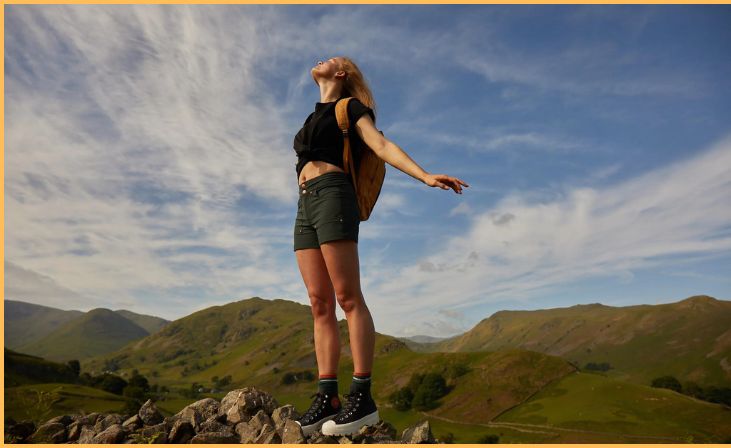
Soft hiking embraces a minimalist and comfortable approach to gear and attire, emphasizing the enjoyment of the journey over the challenges of the trail. Here are key considerations for soft hiking gear and attire:
- Comfortable Footwear:
- Choose lightweight and comfortable hiking shoes or trail runners. The emphasis is on support and comfort for a leisurely stroll rather than heavy-duty, rigid footwear.
- Lightweight Clothing:
- Opt for breathable, moisture-wicking fabrics. Soft hikers often wear comfortable, weather-appropriate clothing that allows freedom of movement, such as moisture-wicking shirts, convertible pants, and lightweight jackets.
- Minimalist Gear:
- Keep gear to a minimum. Soft hikers typically carry only essential items, avoiding heavy backpacks. This minimalist approach enhances the sense of freedom and encourages a focus on the experience rather than equipment.
- Hydration:
- Bring a lightweight water bottle or hydration system. Staying hydrated is essential, but soft hikers prioritize portability and simplicity in their water-carrying solutions.
- Sun Protection:
- Wear a wide-brimmed hat, sunglasses, and use sunscreen. Soft hiking often involves spending extended periods outdoors, making sun protection crucial for comfort and well-being.
- Weather-Appropriate Layers:
- Pack layers for variable weather conditions. Soft hikers may encounter changing weather during their leisurely journeys, so having versatile clothing options ensures comfort in different environments.
Soft Hiking Practices
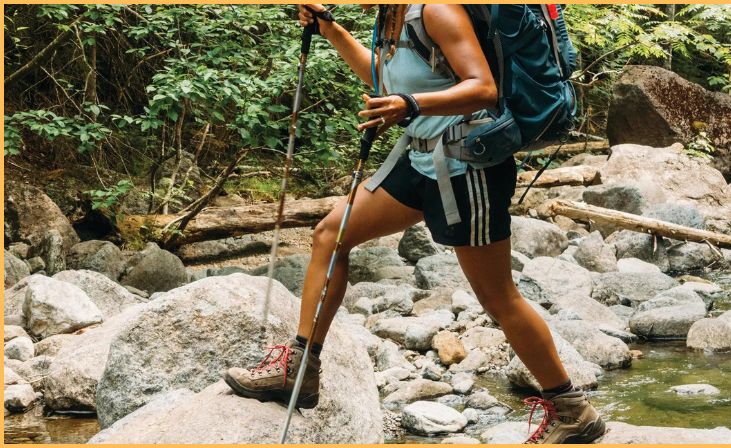
Soft hiking practices involve intentional and mindful approaches to outdoor exploration, emphasizing a leisurely and contemplative connection with nature. Here are key practices associated with soft hiking:
- Slow Pace and Deliberate Movement:
- Soft hikers intentionally move at a slower pace, allowing time to appreciate the surroundings and fostering a deeper connection with nature.
- Nature Appreciation Activities:
- Engage in activities such as bird watching, plant identification, and photography. These activities enhance the soft hiking experience by encouraging participants to observe and appreciate the natural environment.
- Mindful Breathing and Meditation:
- Incorporate mindful breathing and meditation practices into the hike. This adds a dimension of mental well-being, allowing participants to relax, focus, and be present in the moment.
- Leave No Trace Principles:
- Adhere to Leave No Trace principles by minimizing environmental impact. Soft hikers are conscientious about their presence in nature, avoiding damage to vegetation and wildlife habitats.
- Mindful Eating:
- Practice mindful eating by savoring snacks or meals in a scenic setting. This not only nourishes the body but also enhances the overall sensory experience of the hike.
- Listening and Observing:
- Pay attention to the sounds of nature. Soft hikers take moments to listen to birdsong, rustling leaves, and other natural sounds, enhancing their connection with the environment.
- Reflection and Contemplation:
- Take breaks for reflection and contemplation. Soft hiking provides opportunities for personal introspection, allowing participants to disconnect from the hustle of daily life.
Health and Wellness Benefits
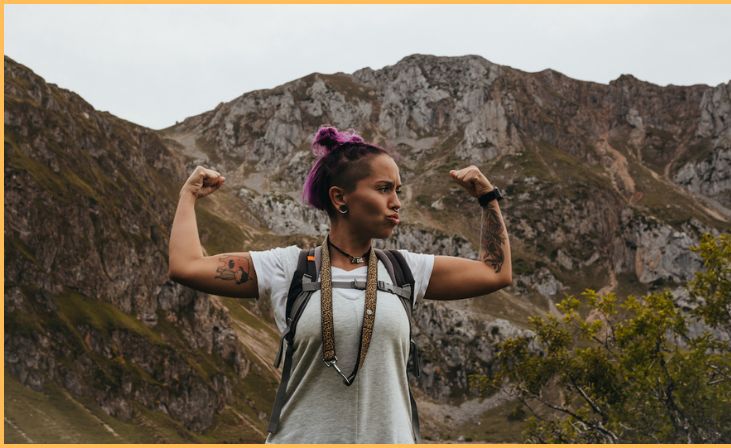
Soft hiking offers a range of health and wellness benefits, encompassing both physical and mental well-being. Here are key advantages associated with this leisurely and mindful outdoor activity:
- Low-Impact Exercise:
- Soft hiking provides a form of low-impact exercise, promoting cardiovascular health and muscle engagement without placing excessive stress on joints. This makes it accessible to individuals of varying fitness levels.
- Stress Reduction:
- Engaging in soft hiking, surrounded by natural beauty and tranquility, can significantly reduce stress levels. The slow pace and connection with nature contribute to a calming effect on the mind.
- Improved Mental Health:
- Soft hiking has positive effects on mental health by reducing symptoms of anxiety and depression. The combination of physical activity, exposure to nature, and mindfulness practices contributes to an improved overall mood.
- Enhanced Cognitive Function:
- Being in nature and engaging in soft hiking can enhance cognitive function, including improved attention span, creativity, and problem-solving skills.
- Increased Energy Levels:
- Spending time outdoors and engaging in light physical activity during soft hiking can boost energy levels. The fresh air and natural surroundings contribute to a revitalized sense of well-being.
- Better Sleep Quality:
- Regular soft hiking can positively impact sleep quality. Exposure to natural light, physical activity, and the calming effects of nature contribute to a more restful sleep.
Conclusion
In conclusion, soft hiking transcends conventional outdoor activities, offering a holistic and mindful approach to well-being. Through a deliberate connection with nature, emphasis on mindfulness, and minimalistic practices, soft hiking fosters physical fitness and mental tranquility.
This eco-conscious lifestyle choice not only promotes individual health but also cultivates a deeper appreciation for the environment. As a pathway to balanced living, soft hiking invites individuals to slow down, savor the journey, and discover the profound benefits of harmonizing with nature.
FAQs
Soft hiking differs by focusing on a slower pace, low-intensity trails, and a mindful connection with nature. It emphasizes well-being over strenuous physical exertion and often involves nature appreciation activities.
Essential gear for soft hiking includes comfortable footwear, lightweight clothing, a small daypack, hydration tools, and weather-appropriate layers. Soft hikers prioritize minimalistic and sustainable gear choices.
Soft hiking offers health benefits such as low-impact exercise, stress reduction, improved mental health, enhanced cognitive function, increased energy levels, better sleep quality, and holistic well-being.

